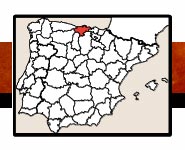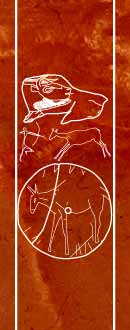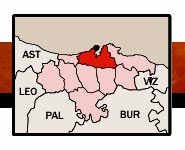


 |
 |
||
 |
|||
 |
/compl-canta/CANT-SanCap-40.jpg) |
-55/BOOK-cort-40.jpg) |
 |
 |
||
/compl-canta/TT-CAN-SanCap-W-40.jpg) |
|||
ACCESO A SANTANDER:Los accesos básicos a Santander son la A-67 (acceso occidental), la S-30 (acceso central) y la S-10 (acceso oriental). Si entras por la A-67 puedes proseguir todo recto por la S-20, hasta el estadio de fútbol del Sardinero, bordearlo y siguiendo la costa, llegarás a la península de la Magdalena. Pero lo mejor es seguir por la S-10 por el paseo marítimo, siempre pegado a la costa, pues es la zona más céntrica y monumental de Santander. |
/350-PLN-Santan-50.jpg) |
ACCESS TO SANTANDERThe main accesses to Santander are the A-67 (wetern access), the S-30 (central access) and the S-10 (eastern access). If you enter the A-67 you can continue straight on the S-20, until the Sardinero football stadium, surround it and following the coast, you will reach the peninsula of La Magdalena. But the best thing is to continue on the S-10 along the seafront, always close to the coast, as it is the most central and monumental area of Santander. |
|||||
 |
|||||||